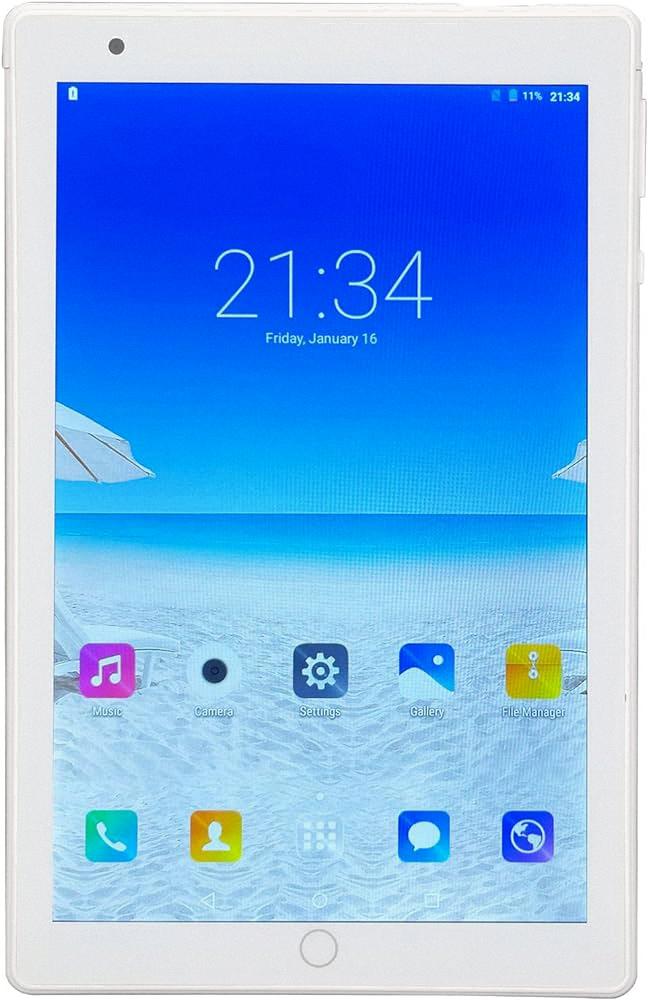Android 8.0, also known as Android Oreo, is a version of the Android operating system that was released by Google. It introduced several new features and improvements to enhance the user experience. But the question remains: Is Android 8.0 still supported?
The answer is yes, Android 8.0 is still supported by Google. However, it’s important to note that the level of support may vary depending on the device manufacturer and the carrier. Google typically provides security updates for Android versions for a minimum of three years from the date of release.
These security updates are crucial as they help protect your device from potential vulnerabilities and keep your personal information safe. They also ensure that your device remains compatible with the latest apps and features.
To check for updates on your Android device running Android 8.0, you can go to the Settings menu and look for the “System” or “About Phone” option. From there, you can check for software updates and install any available updates.
It’s worth mentioning that while Android 8.0 is still supported, newer versions of Android have been released since then. Android 9.0 (Pie), Android 10, and the latest Android 11 offer additional features and improvements over Android 8.0. Upgrading to a newer version of Android can provide you with the latest security patches, performance enhancements, and new functionalities.
However, upgrading to a newer version of Android may not always be possible for all devices. Some older devices may not receive official updates beyond a certain Android version. In such cases, you may need to consider alternative options like custom ROMs or unofficial firmware updates to get access to newer Android versions.
Android 8.0 is still supported by Google, but the level of support may vary depending on your device manufacturer and carrier. It’s always recommended to keep your device updated with the latest security patches to ensure the best possible user experience and protection.
Is Android 8.0 Still Usable?
Android 8.0, also known as Android Oreo, is still usable. While it may not be the latest version of the operating system, it is still supported by Google. This means that it can still run most of the apps available on the Google Play Store and perform various functions on your device.
However, it’s important to note that the level of usability may vary depending on the device you are using. Some older or low-end devices may not have the necessary hardware specifications to fully support all the features of Android 8.0. Additionally, the performance and stability of the operating system can also be influenced by the device manufacturer’s software optimizations and updates.
If you are using a device that is compatible with Android 8.0, you should still be able to use common features such as making calls, sending messages, browsing the internet, using social media apps, and accessing various other apps and services. However, it’s worth mentioning that newer versions of Android offer improvements in terms of security, performance, and user experience. Therefore, if possible, it is recommended to update to a more recent version of Android for a better overall user experience.
Android 8.0 is still usable, but its level of functionality and performance may vary depending on the device you are using. It is always a good idea to check with your device manufacturer or carrier for specific information regarding the support and usability of Android 8.0 on your device.

Can Android 8 Be Upgraded To 10?
It is possible to upgrade an Android device running version 8 to version 10. Here’s a step-by-step guide on how to do it:
1. Check for updates: Go to the Settings menu on your Android device. Scroll down and look for the “System” or “About Phone” option. Tap on it to open the system settings.
2. Software update: Look for the “Software Update” or “System Update” option within the system settings. Tap on it to check for any available updates. If an update to Android 10 is available for your device, it will be displayed here.
3. Download and install the update: If an update to Android 10 is available, tap on the “Download” or “Install” button to start the update process. Make sure your device is connected to a stable Wi-Fi network and has sufficient battery power to complete the update.
4. Wait for the update to finish: The update process may take some time, depending on your device and the size of the update. It is recommended to keep your device connected to the charger during the update to avoid any interruptions.
5. Restart your device: Once the update is complete, your device will prompt you to restart it. Tap on the “Restart” button to finish installing Android 10.
6. Set up your device: After the restart, your device will boot up with Android 10. Follow the on-screen instructions to set up your device, including signing in to your Google account and configuring any additional settings.
Please note that the availability of the Android 10 update may vary depending on your device manufacturer, model, and region. Some older or lower-end devices may not receive the official Android 10 update. In such cases, you may need to consider alternative methods, such as custom ROMs, to upgrade your device to Android 10. It is recommended to backup your data before performing any system updates or modifications.
Conclusion
Android 8.0, also known as Android Oreo, is still supported by Google. However, it’s important to note that the level of support may vary depending on the device manufacturer and the carrier. While Google continues to release security updates for Android 8.0, the frequency and availability of these updates may be limited by the device manufacturer and carrier. It’s always recommended to check for updates regularly by going to the Settings menu on your Android device and looking for the “System” or “About Phone” option. By keeping your device up to date with the latest software, you can ensure that you have the latest security patches and features available for your Android device.







